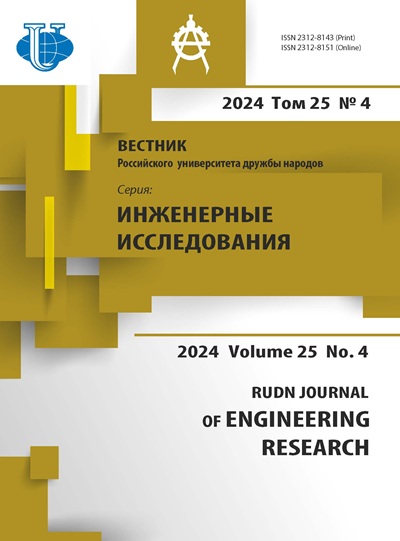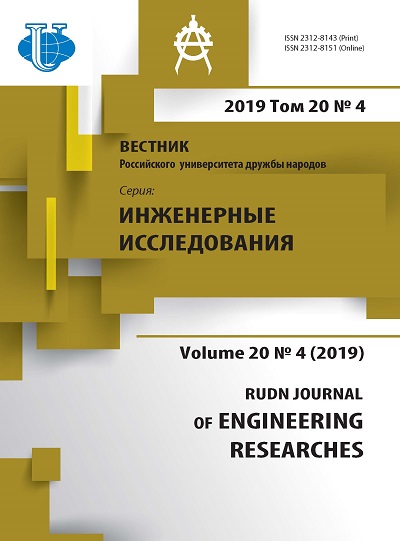On the motion of bodies based on changes in the kinetic moment
- Authors: Razoumny Y.N.1, Kupreev S.A.1
-
Affiliations:
- Peoples’ Friendship University of Russia (RUDN University)
- Issue: Vol 20, No 4 (2019)
- Pages: 267-275
- Section: Aviation and rocket and space technology
- URL: https://journals.rudn.ru/engineering-researches/article/view/23419
- DOI: https://doi.org/10.22363/2312-8143-2019-20-4-267-275
Cite item
















